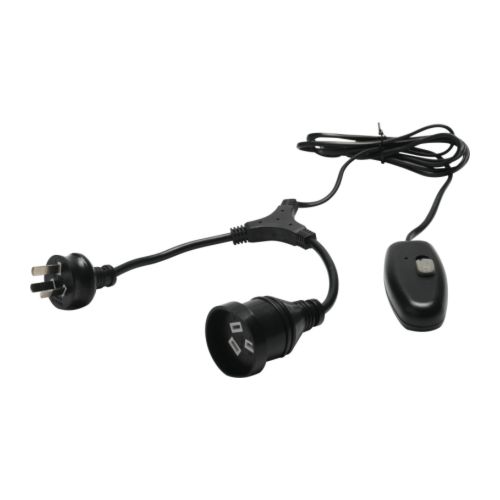Slightly embarrassing, since I work for a lighting company, so I should be able to figure this out, but...
Anybody know of any clever ways to make a regular light bulb flicker? Having searched Google, the concensus seems to be that the best way is to wire a starter into the LIVE. So that's what I've tried:
https://www.youtube.com/watch?v=x0hlxUjd1AA
Unfortunately, this isn't quite what I was going for. I would like the light to stay on permanently, then flicker off randomly, more intermittently than that in the video.
Any ideas?
Anybody know of any clever ways to make a regular light bulb flicker? Having searched Google, the concensus seems to be that the best way is to wire a starter into the LIVE. So that's what I've tried:
https://www.youtube.com/watch?v=x0hlxUjd1AA
Unfortunately, this isn't quite what I was going for. I would like the light to stay on permanently, then flicker off randomly, more intermittently than that in the video.
Any ideas?



 ) either in prac lamps, or a china ball using one of these from IKEA that cost ~$15:
) either in prac lamps, or a china ball using one of these from IKEA that cost ~$15:


